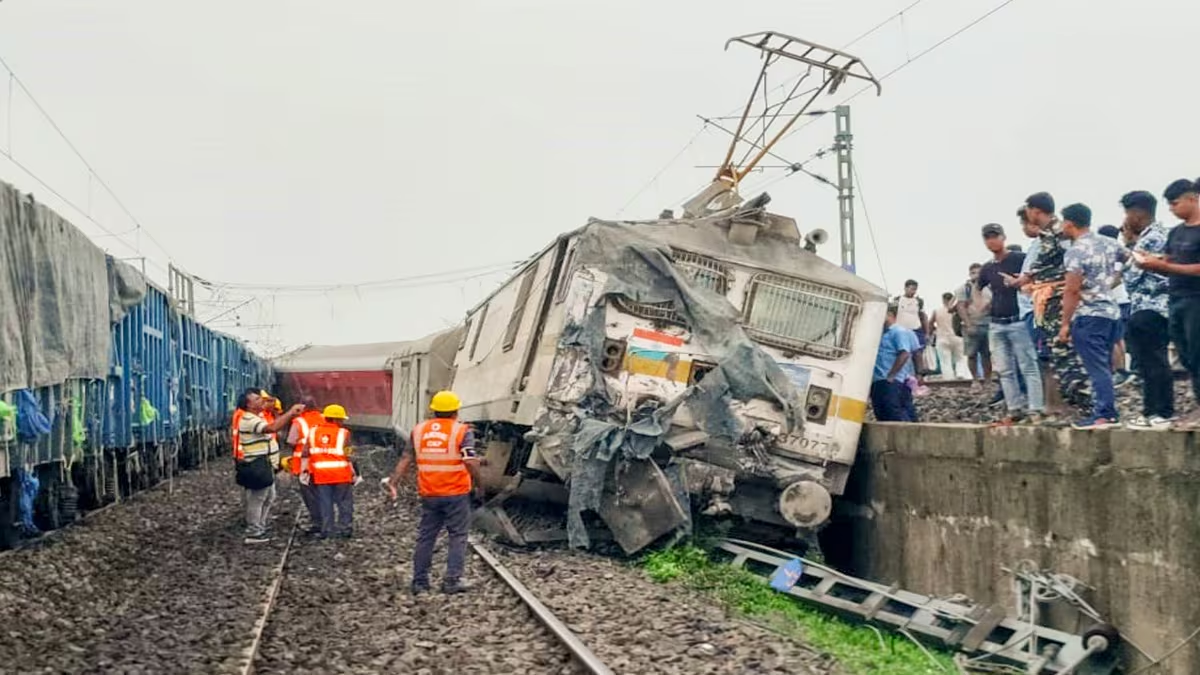2024 Sees Fewer Railway Deaths, More Injuries in Mumbai
Recent data from the Government Railway Police (GRP) reveals a significant reduction in fatalities on Mumbai’s suburban railway network in 2024, though the number of injuries has risen. The figures, released in response to a Right to Information (RTI) request, highlight contrasting trends in railway safety across the city’s extensive rail system.
The Kalyan GRP recorded the highest number of fatalities in 2024, with 333 deaths, marking a notable reduction in railway-related fatalities when compared to previous years. Despite the decline in overall deaths, the region also saw the highest number of fatalities caused by falls from moving trains, with 116 such cases. Thane GRP, on the other hand, registered the most deaths due to track crossing, with 151 cases. The GRP attributes some of the improvements in safety to ongoing infrastructure upgrades. The introduction of air-conditioned trains, equipped with closed doors, has reportedly reduced the number of accidents. In addition, the installation of more foot overbridges, escalators, and fencing near platforms, along with the removal of ramps, has also played a role in reducing fatalities. Both Central and Western Railway authorities have actively worked to address accident hotspots. Initiatives such as installing whistle boards at accident-prone spots, building boundary walls, and removing encroachments have been implemented.
Western Railway has also conducted awareness campaigns warning passengers about the dangers of crossing tracks. However, despite these advancements, overcrowding remains a persistent issue. Trains departing from stations like Kalyan and Thane often reach full capacity within minutes, leaving passengers struggling to board at later stations. This overcrowding has led to a continued rise in accidents, particularly falls from overcrowded trains. To further enhance safety, railway authorities plan to convert more non-air-conditioned trains into air-conditioned ones, with automatic door closures expected to further mitigate the risks associated with overcrowded trains. While the reduction in fatalities is encouraging, the rise in injuries underscores the ongoing challenges faced by Mumbai’s suburban rail network in balancing safety with the demands of a rapidly growing population.




